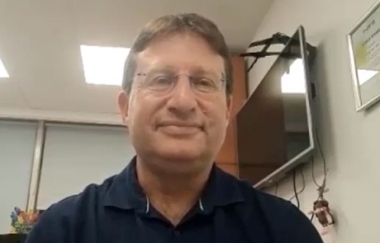CHICAGO (Reuters Health) – Constant exposure to polluted air is associated with subclinical changes in the lungs and upper airways of children living in Mexico City, according to a study reported here at the 87th Scientific Assembly and Annual Meeting of the Radiological Society of North America.
Dr. Lynn Ansley Fordham of the University of North Carolina said she found "disturbing changes" in chest x-rays of 241 healthy children living in Mexico City, but detected no changes in films of 19 children living in a coastal city where pollution is not a problem.
All of the 241 Mexico City children and 19 controls were "carefully selected to exclude any children with asthma or allergies" in an effort to find children who were expected to have normal, healthy lungs, Dr. Fordham said. Both study sites were monitored for the presence of ozone and particulate matter pollution. The chest films were read by two pediatric radiologists who were blinded to the children's area of residence.
The chest x-rays from the Mexico City children demonstrated that 63% had "excessive inflating in the lungs." Additionally, 52% of the children had an abnormal number of interstitial markings in their lungs, Dr. Fordham said. Two children had lung nodules.
Twenty-five children with the "most abnormal x-rays" were also evaluated using computed tomography. The scans revealed mild thickening of the walls of bronchial airways in 10 children, while eight had "trapped air in their lungs" and four had enlarged central airways.
In an interview with Reuters Health, Dr. Fordham said that none of these findings indicate disease per se, but "the findings do suggest that these children are at risk for developing chronic lung diseases."



















השאירו תגובה
רוצה להצטרף לדיון?תרגישו חופשי לתרום!